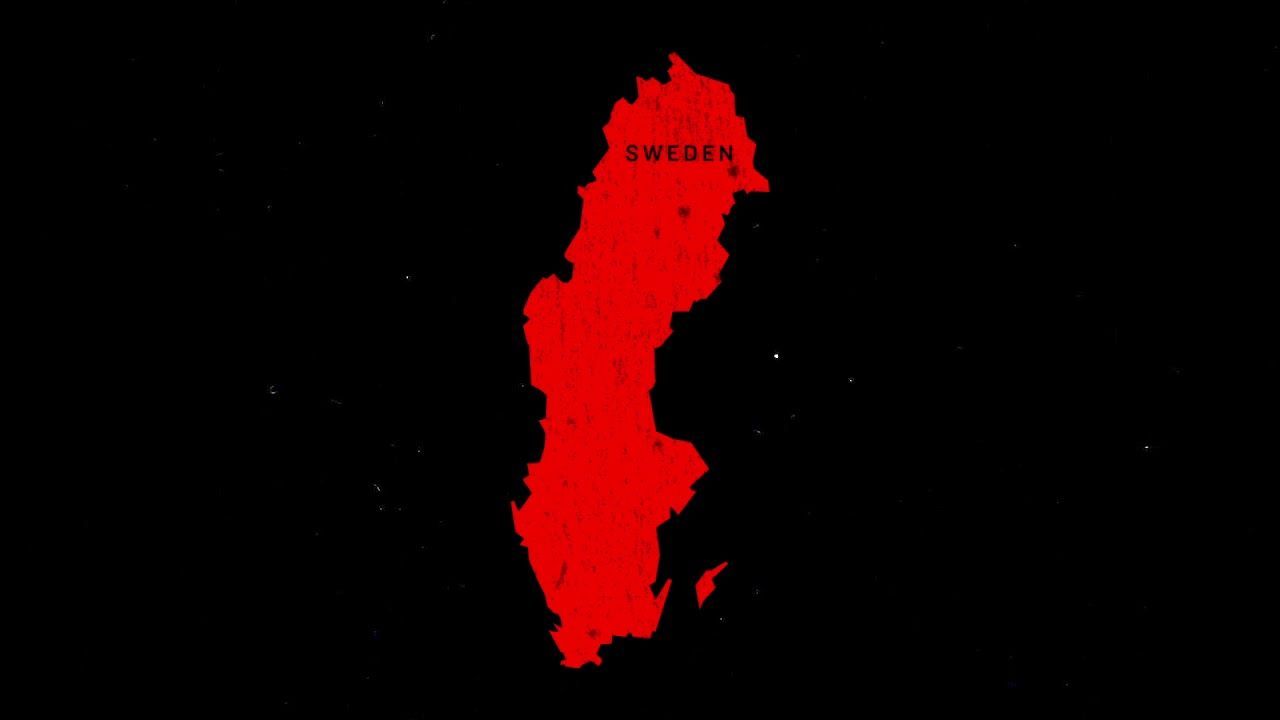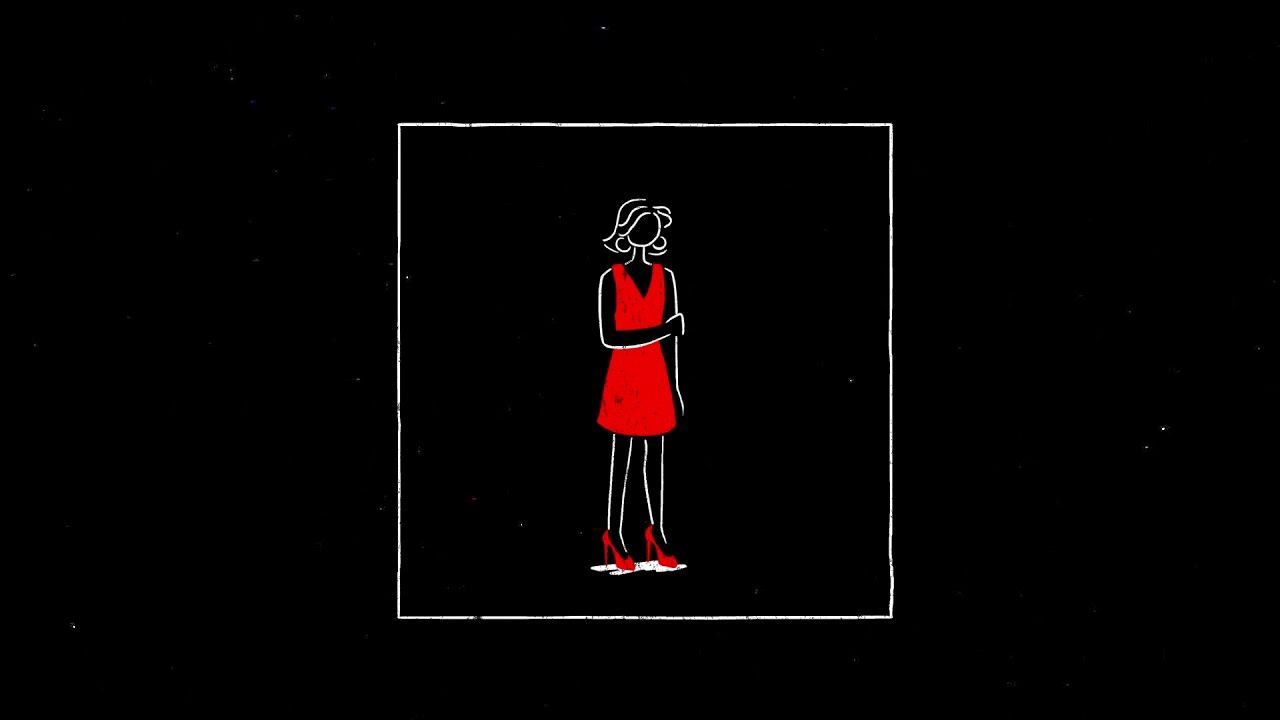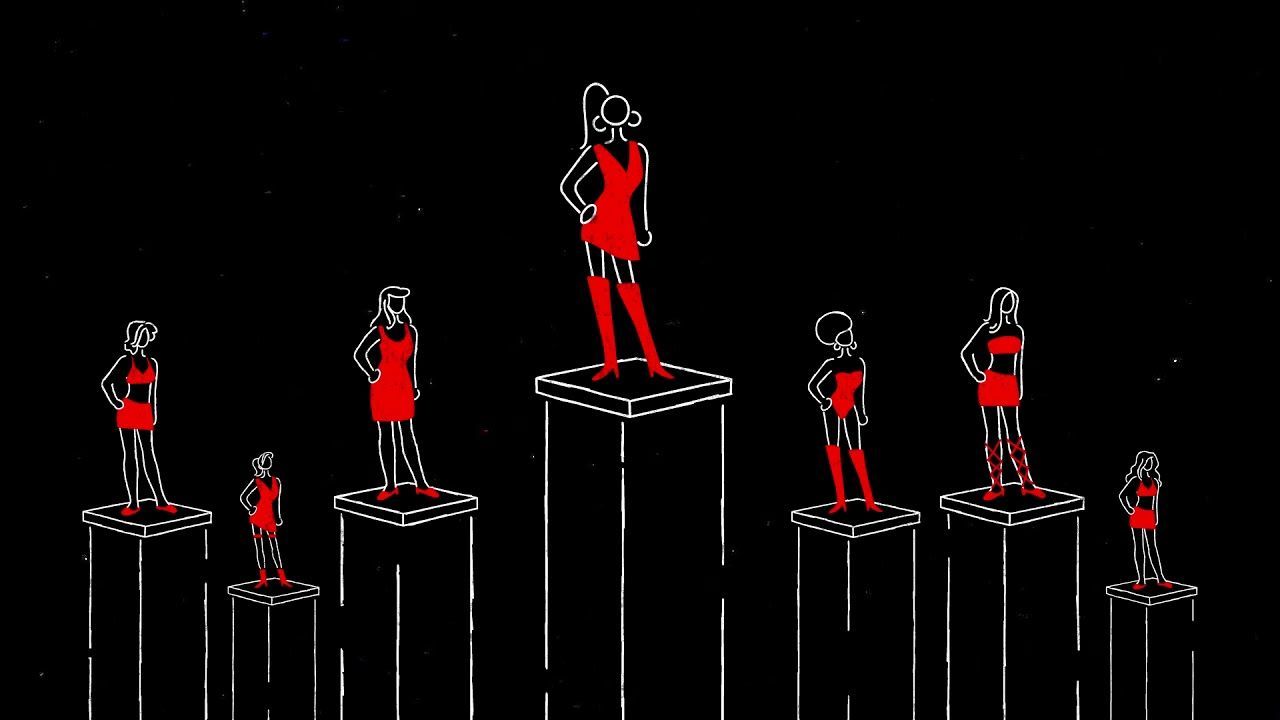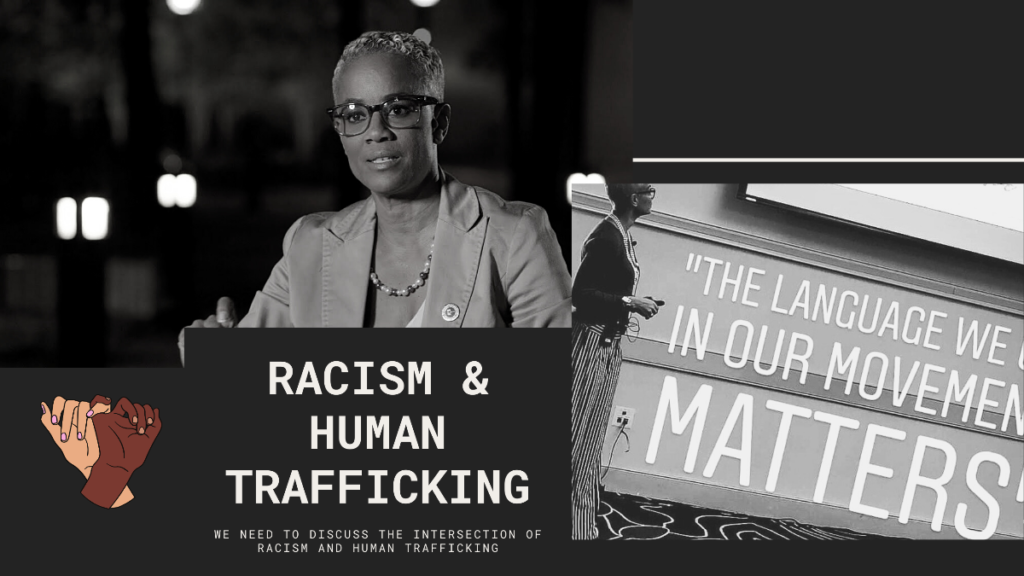Red Flags: Indicators
SEX TRAFFICKING RED FLAGS AND INDICATORS
Child trafficking is a deeply concerning issue, and it's important to be aware of potential signs that a child might be a victim. While these signs are not definitive proof on their own, they can raise suspicion and warrant further investigation by authorities or professionals.
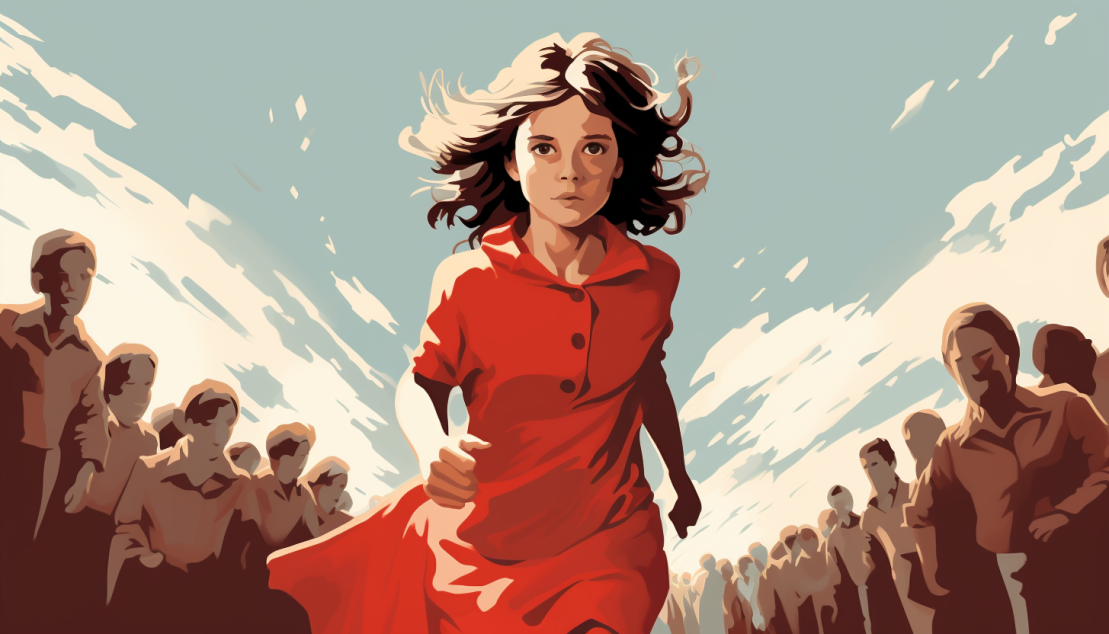
Signs of child trafficking may include:
Physical Signs:
- Evidence of physical abuse or injuries.
- Signs of malnourishment or neglect.
- Inadequate/unseasonable clothing, hygiene, or medical care.
Behavioral Signs:
- Sudden and unexplained changes in behavior, such as withdrawal, depression, or aggression.
- Fear of a specific person or reluctance to discuss certain topics.
- Running away from home repeatedly.

Control by Others:
- A child appears to be under the control of someone else who makes decisions on their behalf.
- Restricting a child's freedom, such as not allowing them to attend school or interact with peers.
Lack of Personal Documentation:
- A child lacks personal identification documents like a birth certificate or passport.
- False or forged documents may be in use.
Involvement in Commercial Sex Acts:
- Children who are involved in prostitution or the commercial sex trade are involved against their will due to force, fraud, or coercion.
- Signs of frequent movement between locations, such as hotels, may be present.
Isolation from Family and Friends:
- A child is isolated from their family, friends, or social support networks.
- They may not be allowed to speak freely or communicate without supervision.

Exploitative Labor:
- A child is forced to work in exploitative conditions, such as long hours, low pay, or hazardous work environments.
- They may have injuries related to labor exploitation.
Online Presence and Exploitation:
- A child may be coerced or groomed online by traffickers.
- Sharing explicit content, engaging in sexting, or communicating with unknown individuals online.
Signs of Traffickers' Control:
- Presence of older individuals who exert control over the child.
- Threats, coercion, or intimidation tactics used to keep the child compliant.

It's important to note that these signs should be considered in context, and not all may be present in every trafficking situation. If you suspect a child is a victim of trafficking or in immediate danger, please contact your local law enforcement agency or a child protection organization immediately. Child trafficking is a crime, and trained professionals should be involved in investigating and addressing it.
Thanks for reading!
Please consider donating to help us continue to make a difference.



